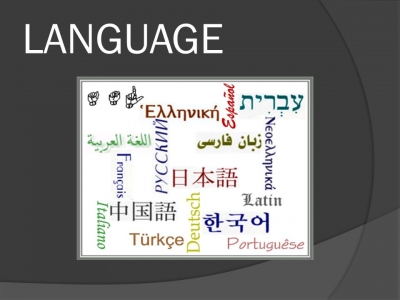
Papua New Guinea has 832 living languages, making it the most linguistically diverse place on earth. Its official languages are Tok Pisin, English, Hiri Motu and Papua New Guinean Sign Language.
It is home to about 8.1 million people according to the preliminary census done in 2016. As one of the world’s most rural countries, only about 18% of the population is located in the urban centers of the independent state. But one of the distinguishing characteristics of the state is its linguistic diversity. It’s known to have about 852 living languages although 12 of them have no known living speakers. Many of the inhabitants live in their own communities. The communities in Papua New Guinea are also quite diverse. It seems that this is only the proverbial tip of the iceberg. Up until now, the state isn’t fully explored, geographically or culturally. So many more people have no contact with the outside world, and like the communities and the languages, it is believed that many more species of animals and plants in the interior of Papua New Guinea are still undiscovered.
It is astonishing that a state which is only 462,840 square kilometers (178,700 square miles) with 8 million inhabitants can have that many living languages. Compare this to India that has 1.3 billion people living in a land that is 3,287,263 square kilometers (1,269,219 square miles), which officially recognizes 22 languages. However, the people here speak hundreds of languages. Yes, some of them unofficially recognized. On the other hand, some are not native to India.
The “Papuan” languages are the oldest group among the hundreds of languages. The first human settlers introduced languages to the area some 400,000 years ago. They might fall under the umbrella of Papuan languages, however, they do not have similar roots. The languages belong to unrelated families. Plus, in many cases, most of them are language isolates. Austronesian languages landed in the state some 3,500 years ago. It is probable that only one Taiwanese source was the origin of these languages. In the 1800s, German- and English-speaking settlers arrived in Papua New Guinea, which added to the number of languages already spoken in the state.
Papua New Guinea has a tribal society, and this is another reason why languages survive in the state. In each tribe, their unique identity is signified by the language they speak. Each tribe is proud of their own language.
Credit : Day Translations
Picture Credit :Google



